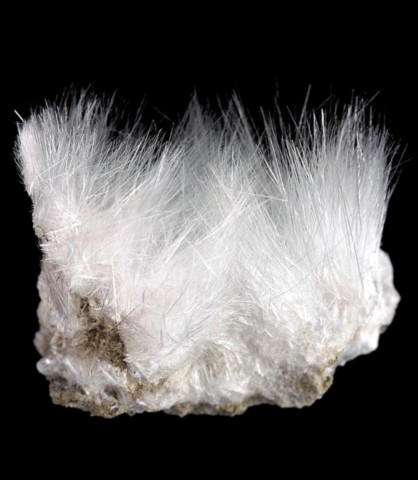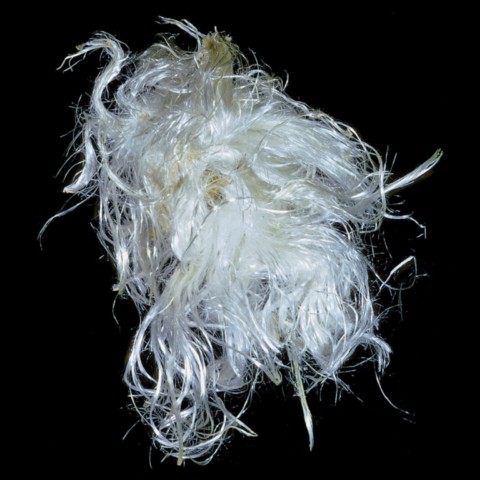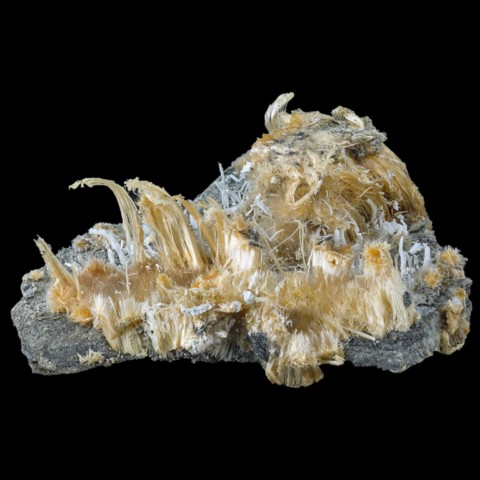HALOTRICHITE
Class : Sulfates, chromates, molybdates
Subclass : Hydrated sulfates
Crystal system : Monoclinic
Chemistry : FeAl2(SO4)4 22H2O
Rarity : Common
Halotrichite is primarily a secondary sulfate derived from the alteration of pyrite, particularly common in pyrite-rich polymetallic deposits and coal mines. It is formed by the action of sulphated waters resulting from the oxidation of sulfides on aluminous rocks of various types. Halotrichite is more rarely a primary sulfate of hot springs and fumaroles. Although not certified, the existence of a series with pickeringite, magnesian, is very probable. Several etymologies are proposed for this mineral. From Latin halotrichum (salt hair), old German haarsalz or Greek hals (salt) and thrix (hair). All evoking the appearance of the mineral in small silky needles. Halotrichite occurs in acicular to fibrous aggregates and in capillary efflorescences encrusting iron sulphides or decorating mining works, particularly coal mines. Halotrichite is colorless to white, sometimes yellowish or pale orange, and has a strongly astringent taste. It looks very similar to pickeringite.
Main photo : Halotrichite from Lipari, Aeolian Islands, Italy © Volker Betz
Halotrichite in the World
Twinning
No twin known for this mineral species.
Fakes and treatments
No fakes recorded for this mineral species.
Hardness : 1.5 to 2
Density : 1.89
Fracture : Conchoidal
Streak : White
TP : Translucent to transparent
RI : 1.480 to 1.490
Birefringence : 0.010
Optical character : Biaxial -
Pleochroism : None
Fluorescence : None
Solubility : Water
Magnetism : NoneRadioactivity : None





